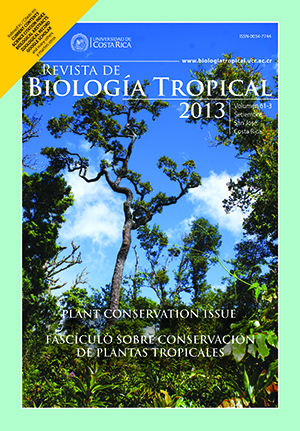Abstract
J. curcas has been studied in different countries and some interesting agronomic, pharmacological and industrial properties have been reported. More recently, it has been considered an important alternative source for biofuel production. The objective of this study was to establish a long-term method for the maintenance of calli and cell suspension cultures of the local species J. curcas and J. gossypifolia, in order to allow future studies for novel compounds with pharmaceutical or industrial applications. For this, friable calli were successfully induced from hypocotyl segments of J. curcas and J. gossypifolia that were cultured in semisolid MS media supplemented with 1.5mg/L, and 0.5mg/L of 2,4-D, respectively. Cell suspension cultures of J. curcas were established using 1g of 35 and 60-day calli, in 50mL of liquid MS media supplied with 1.5mg/L of 2,4-D; sucrose and maltose were additionally evaluated as carbon sources. After 35 days, cell suspension cultures initiated with 35-day calli, showed greater cell growth with a maximum biomass of 194.9g/L fresh weight, 6.59g/L dry weight and 17.3% packed volume. The exponential phase ended at day 35 for cultures initiated with 35-day calli, and at day 21 for cultures initiated with 60-day calli. Higher biomass production was obtained with sucrose. Cell cultures were established with 35-day calli in MS media with the same 2,4-D concentration used for calli induction and 30g/L sucrose. This medium was considered optimum for the maintenance and growth of cell suspensions for both species, with sub-cultures every 20 days. The biotechnological potential for the production of bioactive compounds in these species for pharmacological, agricultural and industrial applications is being evaluated.##plugins.facebook.comentarios##
Downloads
Download data is not yet available.






